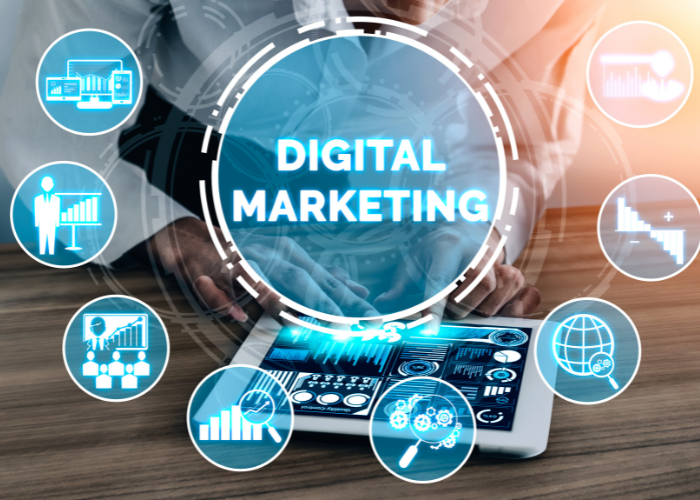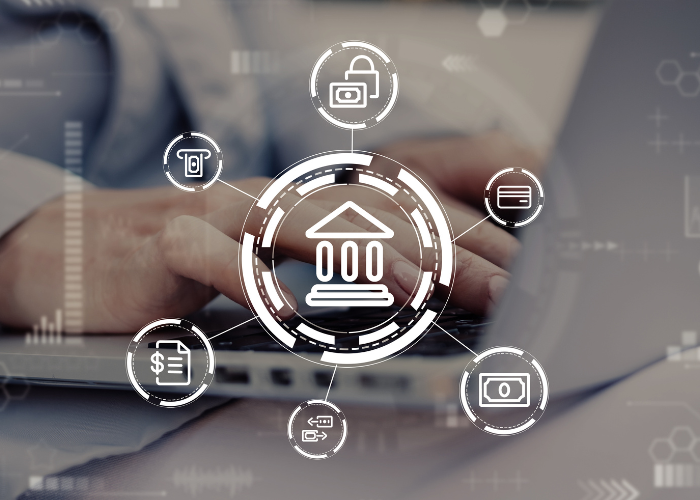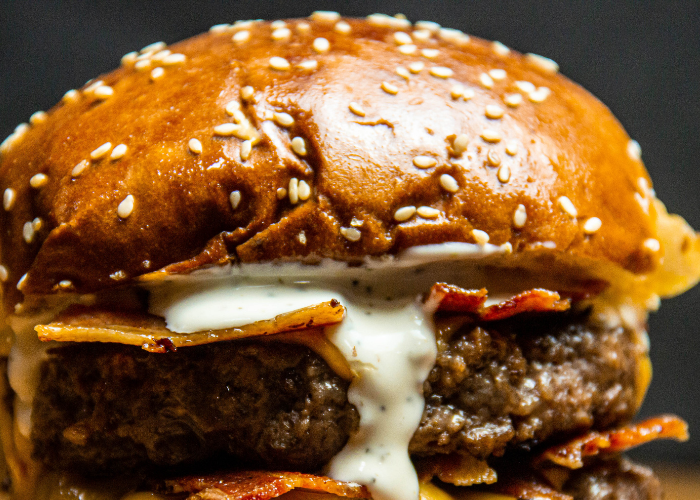Understanding Marketing 2024
Marketing is a fundamental aspect of business operations that involves creating, communicating, delivering, and exchanging offerings that have value for customers, clients, partners, and society at large. It is a multifaceted discipline that encompasses various strategies and techniques aimed at promoting products, services, or ideas to target audiences. Definition of Marketing At its core, marketing … Read more









